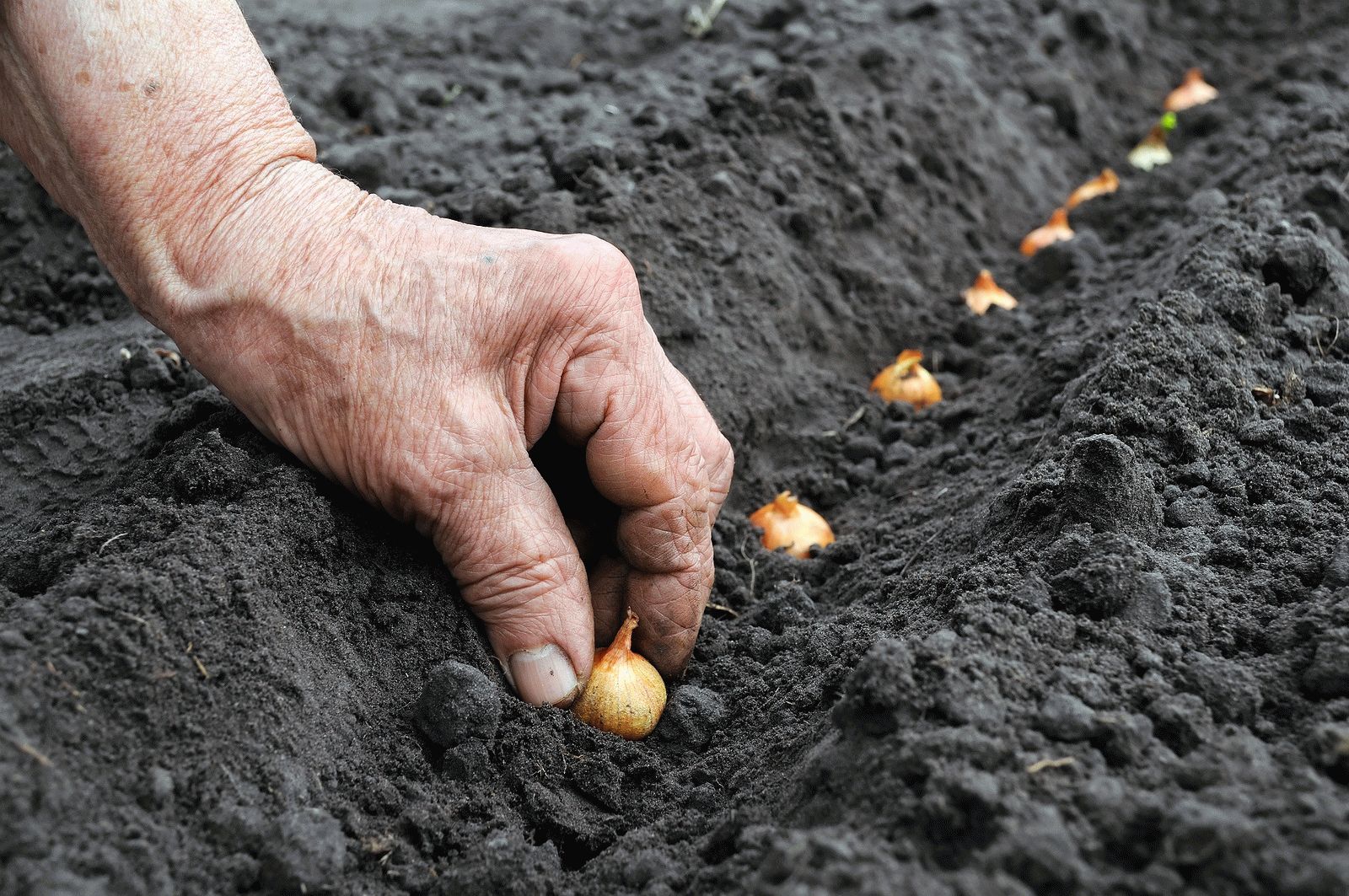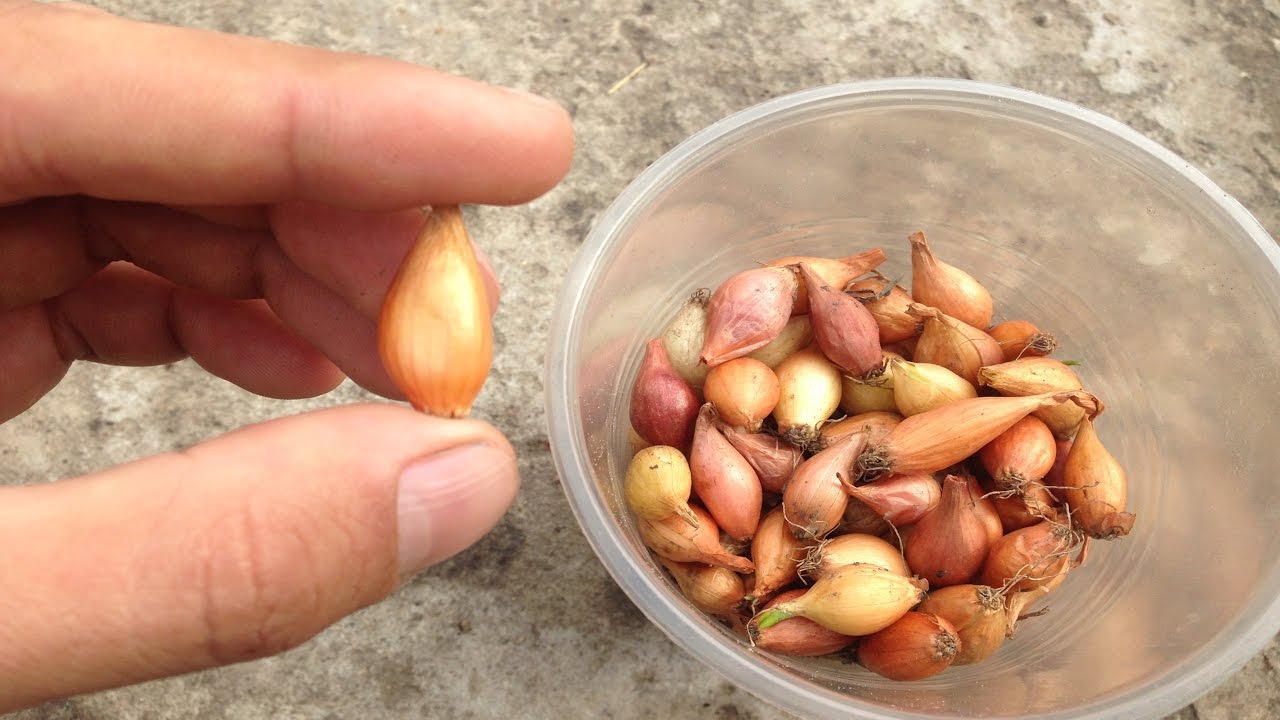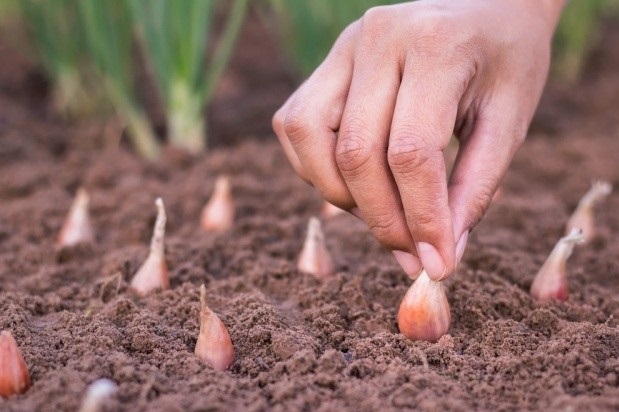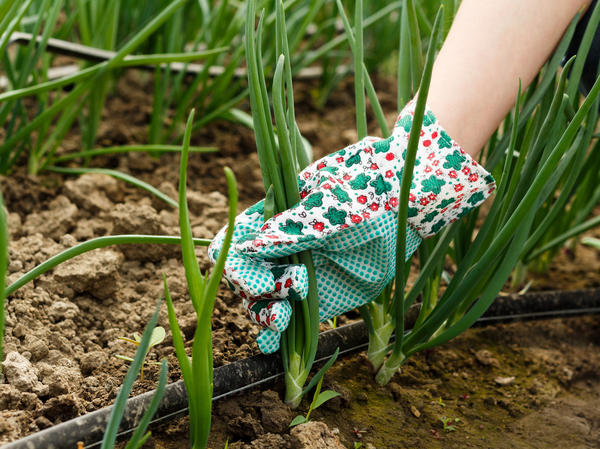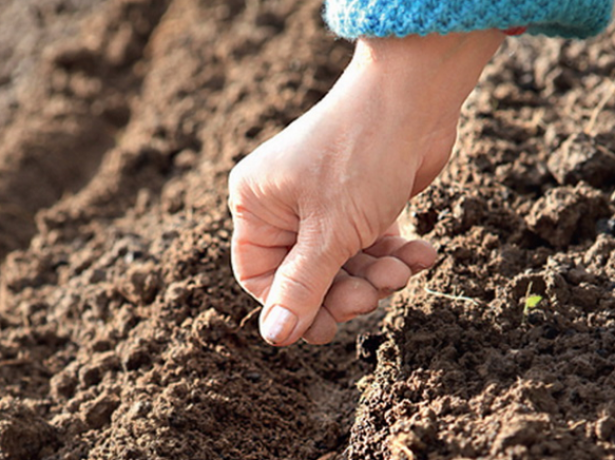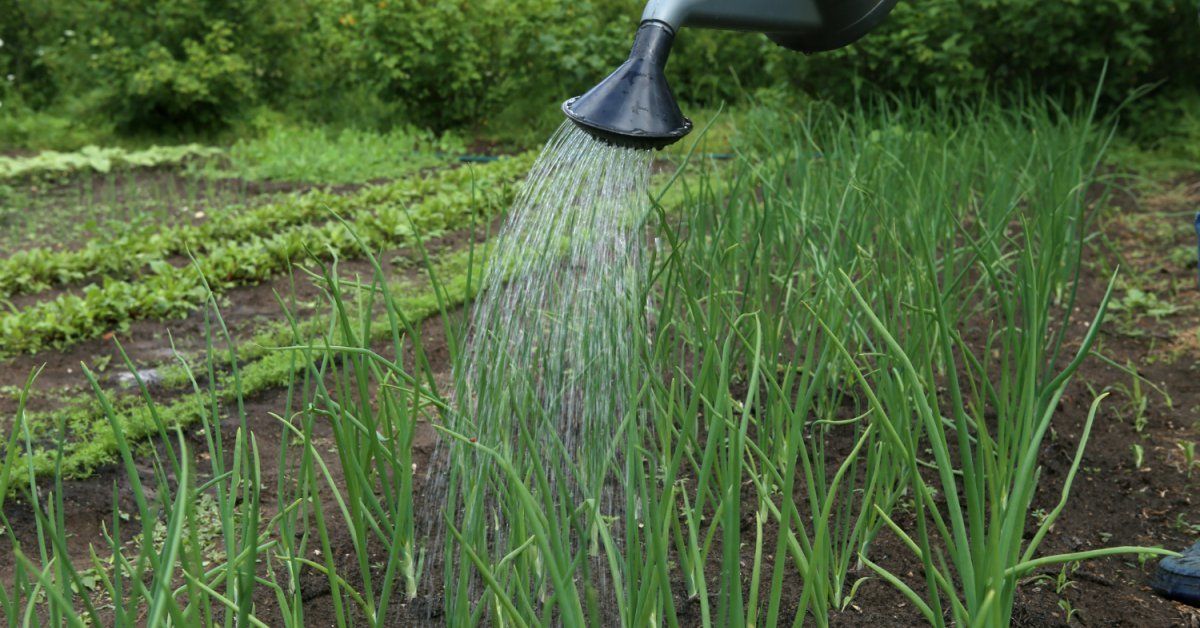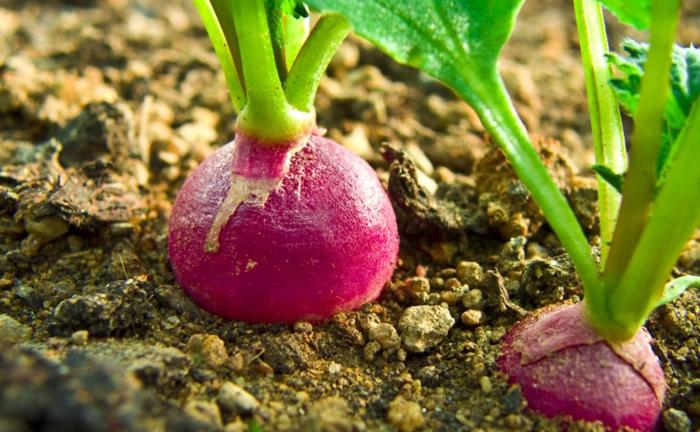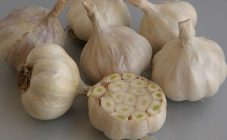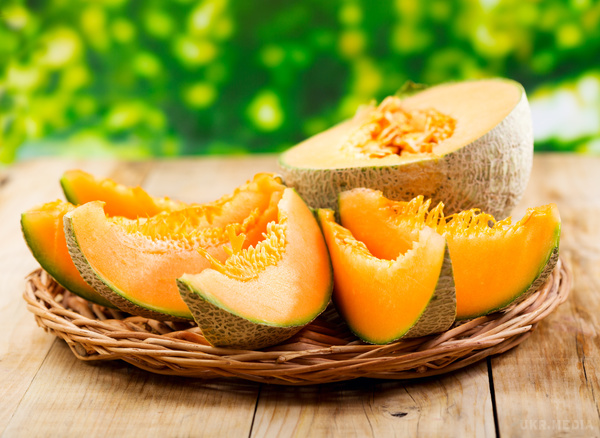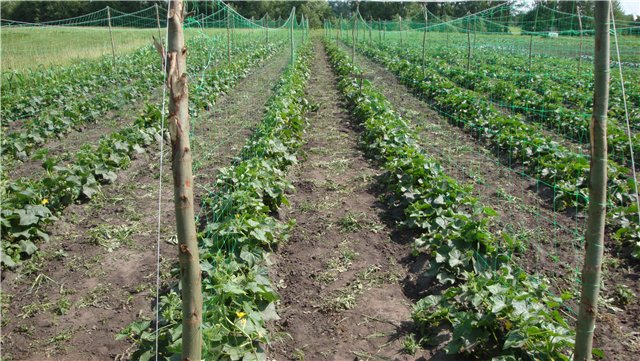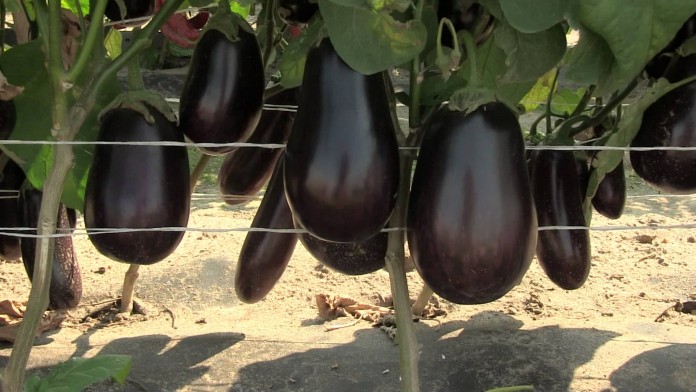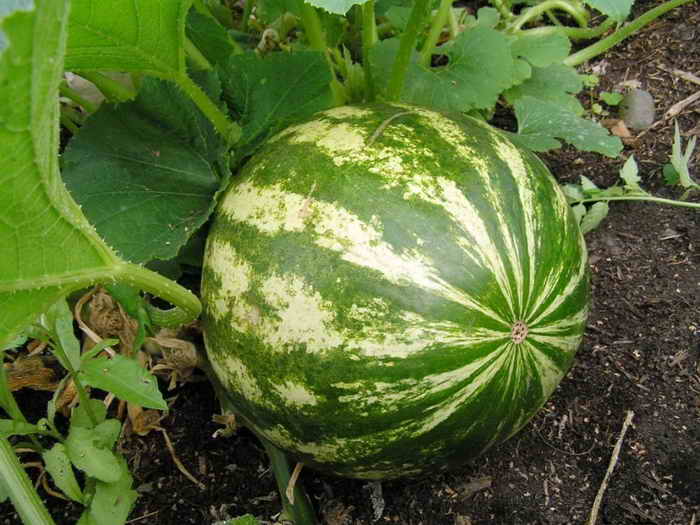Content:
Onion sevok is a representative of the Onion family, or in lat. Alliaceae, having small (up to 14 mm), medium (up to 21 mm) and large (up to 24-40 mm) sizes, is distinguished by a variety of varieties, for example, sturon, centurion, for a rich harvest.
Further in the text will be considered: planting onion sets in open ground, reproduction and proper care for it.
Growing onions
There are many videos and textual information about how to plant onions in different regions: Moscow region, Transbaikalia, Siberia, studying which you can get a harvest in various ways. However, despite the existence of different points of view, it is advisable to follow the generally accepted rules for planting an onion crop, presented below:
- pick up slightly moist, non-acidic soil on the sunny side of the site;
- introduce humus and mineral complexes into the ground for enrichment;
- dig up the soil thoroughly;
- make a bed 30 cm wide and up to 8 cm high;
- prepare planting material by choosing healthy bulbs and soaking them for 12 hours in a solution of water and fertilizers at a temperature of 45 degrees;
- after feeding, trim the tails and put in a container for transportation and planting.
- after planting the bulbs in the beds, it is recommended to water.
Instructions for planting onion sets
To get a good harvest and the ability to plant your own culture in the future, without buying seeds at retail and for self-pickup, it is advisable to plant onions in the folk way, following the steps below.
Site preparation
- pick up a site - you can use the places where representatives of the family of nightshades, pumpkin, legumes were planted earlier.
- choose the sunny side of the site with the presence of fresh soil, in the case of acid, it is necessary to add slaked lime or dolomite powder to the soil;
- in the autumn, introduce peat, phosphorus, humus, wood ash into the soil in a ratio of 4: 1: 4: 3;
- dig up the resulting mixture to a depth of 20 cm, if there is clay on the bed, add sand;
- in the spring, prepare beds, 1 to 2 cm high and up to 100 cm wide; the size of the beds depends on the soil: if wet - tall, not wet - normal;
- after preparing the landing site, watered it with a mixture of copper sulfate and water in a ratio of 1 tbsp. l. 1 bucket and spray 2 liters per 1 sq. m;
- the resulting beds are closed and left until cooked for several days.
Preparation of planting material
Having made the beds, prepare the seed material:
- wrap the seeds in a warm cloth for a quarter of an hour and keep them indoors at a temperature of 50 ° C, then lower them into ice; procedures allow adapting future seedlings to different weather conditions;
- after artificial hardening and heating, immerse the fabric with the planting material in a potassium permanganate solution for 0.5 hour to kill harmful bacteria, reducing the risk of infection with possible diseases.
Disembarkation
After all preparations have been carried out:
- make trenches for seeds, up to 5 cm deep;
- sow the bulbs, planting each subsequent one 10 cm from the previous one;
- sprinkle with earth and compact it, patting it with a spatula at the sowing site;
- pour with warm water, preferably rainwater, distributing 3 liters of moisture for each 1 m2;
- make the last layer of humus or peat, to preserve the looseness of the earth.
Since the growth rate is the same for all bulbs, it is desirable that they are the same size.
Planting in a greenhouse
When sowing onions in a greenhouse, you must:
- transported to the ground in the 2nd decade of October, so that the vegetable has time to adapt and prepare for winter;
- cover the bed with earth, humus and straw;
- after snow falls, lower the film onto the breast and cover it with snow, waiting for the heat;
- at the end of February, remove the film and put snow on the ground so that it begins to thaw;
- wait for shoots and carry out classic care for the future harvest.
Feather landing
To plant onions for greens, you must follow the scheme below:
- choose a sunny place, you can put future "beds" on the windowsill;
- in the container where the vegetable will grow, put drainage in the form of a layer of sand and expanded clay;
- pour humus and peat over the drainage;
- loosen the soil thoroughly and water it slightly, making it moist;
- make several rows;
- prepare planting material by putting it in a dark place for a week to form roots;
- plant onion sets in prepared beds and partially cover with earth;
- watering moderately, making sure that the soil does not dry out;
- maintain the temperature up to 15-20 degrees.
- spray from a spray bottle at intervals of 3 times a week, for a more juicy green feather.
Planting sevka in Primorye
In order to get a good harvest in the Transbaikalia region, you must:
- prepare the beds: add dolomite sand, humus to the soil, carefully dig up the resulting mixture and dig trenches;
- take last year's harvest of sevka and in the husk, without soaking, plant it in the prepared soil;
- sprinkle the seed with ash, humus, earth and cover with polyethylene;
- wait for the shoots to appear;
- water the garden with a solution of nettle and snow;
- loosen and weed the soil after each application of moisture;
- thin out crops;
- periodically open the garden to fertilize and water the future crop, keeping an eye on the optimum soil moisture.
Planting onions using Chinese technology
To plant sowing in the garden in the eastern way, you must:
- wait for the second decade of April;
- choose a place using the soil where pumpkins, cucumbers, peas were previously planted;
- dig up the soil thoroughly and water if necessary;
- make several beds, up to 15 cm high;
- distribute the landing sites so that there is a distance of 30 cm between them;
- after cooking "at home" for culture, prepare onion heads in the classical way;
- plant ready-made planting material, placing it in the ground to a depth of 3 cm, leaving a distance of 14 cm between the bulbs and pressing the ground from all sides;
- apply feeding in the form of bird droppings 14 days after planting and spray with a solution of potassium permanganate for disinfection;
- in the 6th month of the year, remove a layer of earth in the tops of the bulbs so that they dry out; this action also reduces the risk of onion flies, which, with the help of larvae, ruin the crop;
- in the second decade of June, re-fertilize at the root, distributing the solution at 5 liters per 1 sq. m;
- 30 days after applying top dressing, loosen the soil around the holes;
- after 40 days, stop watering the future crop;
- in the first week of August, dig up all the bulbs to a depth of 8 cm, cutting the roots;
- harvest in the middle of the month, coordinating actions with the lunar calendar and put it in a warm place to dry;
- after the onion has dried, cut off the leaves, leaving a 3 cm tail;
- put into storage in a warm place, keeping the temperature up to 18-22 degrees.
Vegetable propagation
To find the answer to the question of when to plant onion sets in open ground and still get a good harvest, you should familiarize yourself with the information below:
- select healthy specimens from the previous harvest - the bulbs should be medium in size, smooth and firm to the touch, with a slight sheen;
- wait for the planting time: warm days (15-20 degrees) in May and well-warmed and moist soil;
- cut off the dry crown - the procedure promotes accelerated germination;
- put in water mixed with fertilizers, growth stimulants, heated to 45 degrees at night;
- after feeding, put the bulbs in a solution of potassium permanganate, for disinfection, in a ratio of 1 tbsp. l. substances per 10 liters of water for 180 minutes;
- rinse the planting material, removing excess solution;
- take the future bow to the country;
- prepare trenches using the same technique as in the first year;
- plant seedlings, keeping a distance of 10 cm between them and completely immersing them in the ground;
- close the trenches with a layer of ash and earth;
- water abundantly.
Before landing, it is recommended to focus not only on the lunar calendar, where favorable dates are considered:
- 04-26.04;
- 05;
- 06-19.06;
- 07-16.07,
but also on the weather, as it plays a major role in gardening.
So that the seedlings after planting give a good onion turnip and do not become a peduncle with arrows, it is necessary to maintain a positive temperature during storage in the room, avoiding its lowering and introducing the plant into a stress state.
Vegetable crop care
In order to get a good harvest of onions, the following steps must be followed:
- watering 2 times a week, using a spray, until the first shoots appear;
- after the onion has risen, it is necessary to reduce the intake of moisture to a minimum, but make sure that there is an optimal amount of moisture in the ground;
- to clear the bed of weeds and dirt, weeding so as not to hurt the main plant;
- remove excess shoots, increasing the space for the growth of bulbs: a distance of up to 300 mm must be maintained between the seeds;
- after each watering, loosen the soil, making it more comfortable for the described vegetable;
- feed with a solution of urea, in a ratio of 1 tbsp. l. substances per 10 liters of water, with a frequency of 3 times per season;
- water with potassium permanganate under the root to disinfect and protect against pests and pathogenic bacteria.
Summing up, it is worth noting that various options were considered, showing how to plant onion sets, and their features and rules were presented. In order to understand which option is most preferable, one should focus on the weather and natural conditions, without which a productive year may not come.
